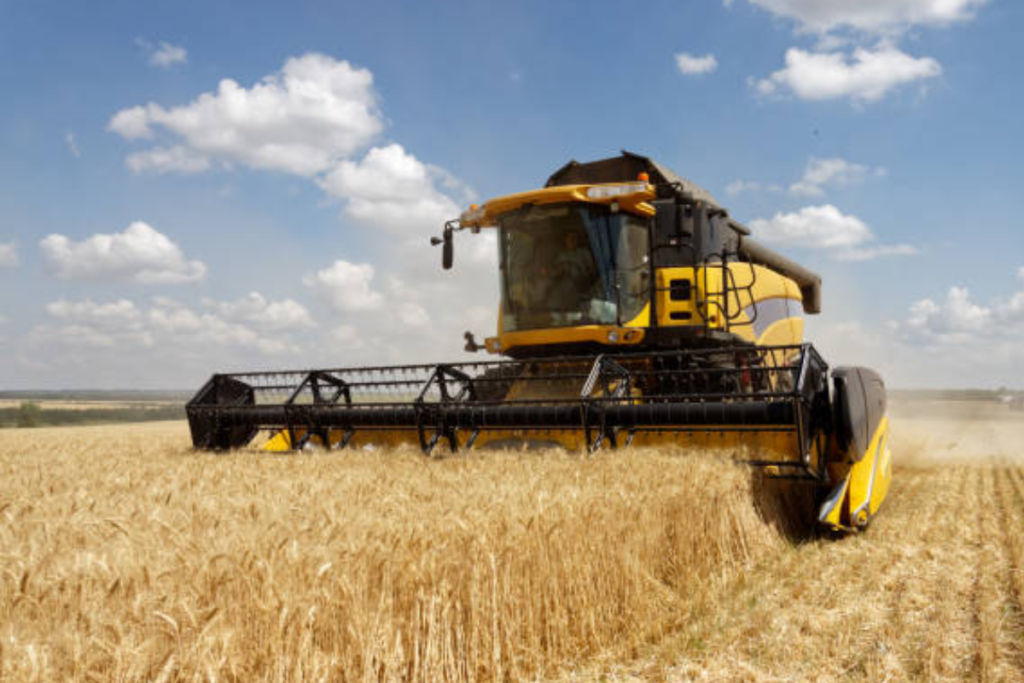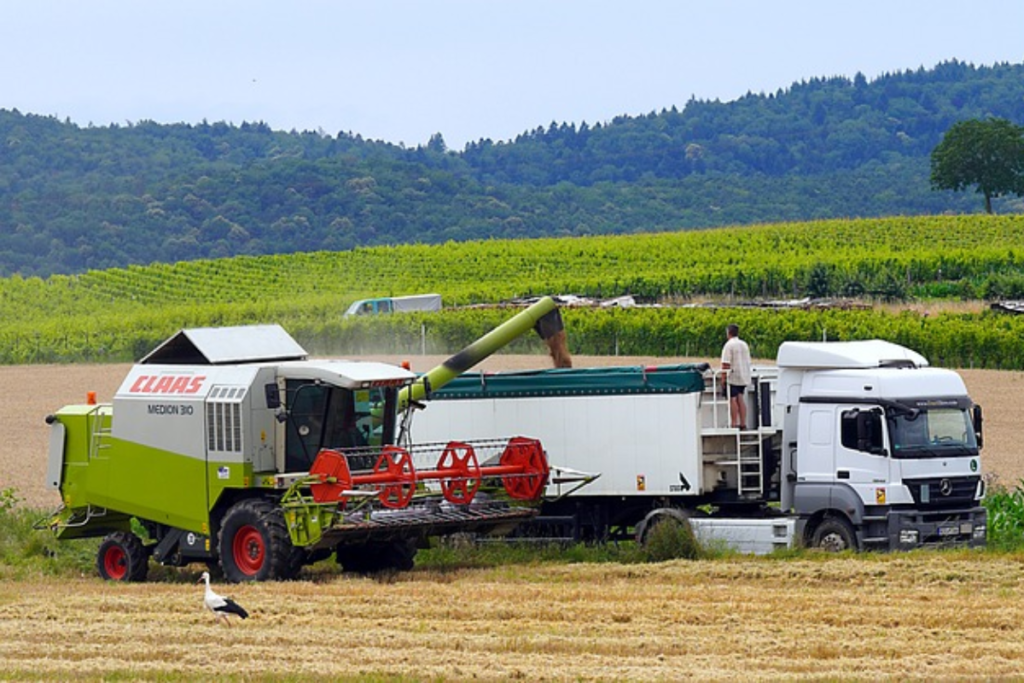Introduction
Combines, short for combine harvesters, are remarkable agricultural machines designed to efficiently harvest various crops, most commonly grains like wheat, barley, corn, and soybeans. These versatile machines have revolutionized farming practices by automating the process of harvesting, threshing, and winnowing, making the entire operation faster and more efficient. In this comprehensive exploration, we’ll delve into the working mechanisms, components, and advancements of combine harvesters.

Historical Overview
The concept of combine harvesting dates back to the 19th century, but early versions were limited in efficiency and functionality. The development of the modern combine harvester gained momentum in the early 20th century. The first commercially successful combine, the “Binder” from the McCormick Harvesting Machine Company, was introduced in 1831. Over the years, numerous innovations and improvements have been made, leading to the advanced combines we see today.
Components of a Combine Harvester
Cutting and Gathering
- The combine harvester is equipped with a cutting mechanism, usually a header at the front, which cuts the standing crop.
- The header can be equipped with a reel or draper belts to gather the cut crop and feed it into the combine.
Threshing
- After the crop is cut and gathered, it goes through the threshing mechanism. Threshing is the process of separating the edible part of the crop (grain) from the rest of the plant.
- Inside the combine, a rotating drum with teeth or blades helps to separate the grains from the stalks and husks.
Separation
- Once the threshing process is complete, the harvested material is sent through a series of sieves and fans. These components help separate the actual grain from the chaff, straw, and other debris.
- The grain, which is heavier, tends to fall through the sieves and is collected for further processing.
Cleaning
- The combine harvester has a cleaning system that removes any remaining impurities from the harvested grain.
- Fans and additional sieves are used to blow away light debris and ensure that only clean grain is collected.
Grain Tank
- The clean grain is collected in a storage tank known as the grain tank, located on the combine. This tank can hold a significant amount of harvested grain before it needs to be unloaded.
Chopper and Spreader
- Some combines are equipped with a chopper that cuts and spreads the straw residue back onto the field. This can help improve soil fertility and reduce the need for additional tillage.
- Others may have a spreader that evenly distributes the straw over the field without chopping it. The choice depends on the specific needs of the farm and the desired post-harvest field conditions.
Residue Management
- The remaining crop residue (straw, chaff, and stalks) is typically expelled from the back of the combine. Some modern combines have features for spreading or chopping this residue to facilitate field management.
Advanced Features
- Modern combines often come equipped with advanced technologies such as GPS guidance systems, yield monitoring, and variable rate technology, which optimize the harvesting process and provide valuable data for precision farming.

Conclusion
Combine harvesters are crucial in modern agriculture for their efficiency and ability to handle large-scale harvesting operations. They have significantly increased productivity and reduced the labor required for harvesting crops compared to traditional methods.
More information What is the oil content of different types of oilseeds?